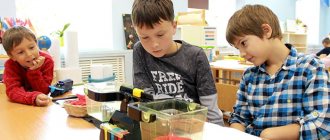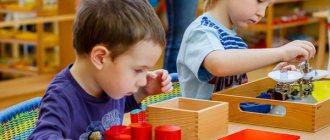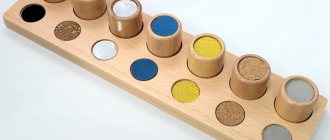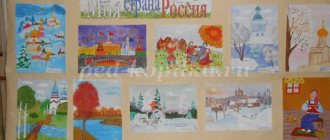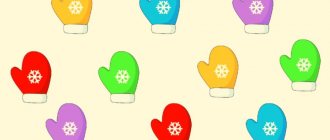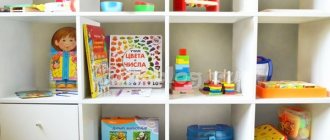Montessori materials
Today, the effectiveness of the Montessori method of developing and teaching children is beyond doubt.
Observing the games of children and their natural development, the famous scientist and philosopher Maria Montessori created a unique system of raising children, based on the idea of motivating a child for self-development and self-knowledge. Each baby is unique and from birth strives for independence, and the task of adults is to help him discover his capabilities - the scheme of work with children in Montessori schools - schools that follow the methodology of the greatest humanist teacher - is built on this principle. In addition, educational institutions of this type use didactic material developed by the creator herself and intended for the development of fine motor skills and sensory skills of children.
Montessori didactic material
Maria Montessori's catalog of games and manuals is quite diverse. After all, the teacher dedicated her entire life to teaching children, and through trial and error she selected only the best and most effective exercises, games and materials. She took into account every detail. The comfort of the furniture, the proper organization of space, the observance of rules and order, the age of the children - not a single smallest detail was left without her attention.
What can we say about the “golden material of Montessori” - games and didactic educational materials that are used by supporters of the method to this day. Modern toys are created on their basis, and handicraft mothers make analogues for their children with their own hands. For example, modern puzzles, sorters, educational rugs - all this is the legacy of Maria Montessori. They contribute to the development of personality, help to independently explore the world around us, as well as systematize already acquired skills and knowledge. Focusing on the development of fine motor skills and sensory skills, the creator sought to develop the spirituality of children, because in her opinion, this is the basis of a full-fledged, free and self-sufficient personality.
To have a clearer idea of the materials for Montessori classes, let's look at a few examples:
- Various bags with filling. Cereals, peas, beans, and polystyrene foam are used as the latter. Their task is to develop the tactile and visual abilities of children.
- Jars with different fillings. Develops the hearing abilities of the little ones.
- A chest of secrets will surely appeal to older children. A simple device in the form of a box with various jars, each containing a surprise (for example, a small toy), will teach your baby how to open and close containers, and will also help develop his hands.
- Plastic “hungry” toys with a hole in the mouth. Of course, the baby will not refuse to help his “friend” and will gladly feed him small beads or peas. This exercise trains the eye, hand, attention and patience.
- Finger paints are a brilliant invention; many children really like them. Well, drawing itself is undoubtedly a fascinating and useful activity for children of all age categories.
- Cut pictures are a kind of mini-puzzles.
- Objects of a certain group that differ in color, shape or size. For example, three Christmas trees are laid out in front of the child and mixed circles are given: red, blue and yellow. The child’s task is to decorate each Christmas tree with circles of a certain color.
- Insert frames. Created like a simple construction set, usually wooden, they train optical-spatial thinking, fine motor skills and coordination. There are various inserts with images of animals, cartoon characters, vegetables and fruits, and geometric shapes.
- Pink Tower. Introduces children to the concepts of “big” and “small”, “less”, more.
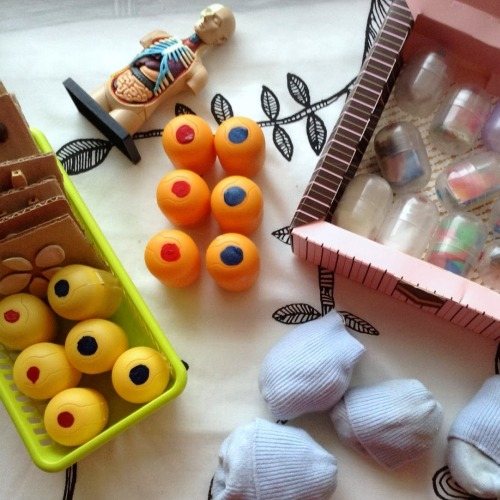
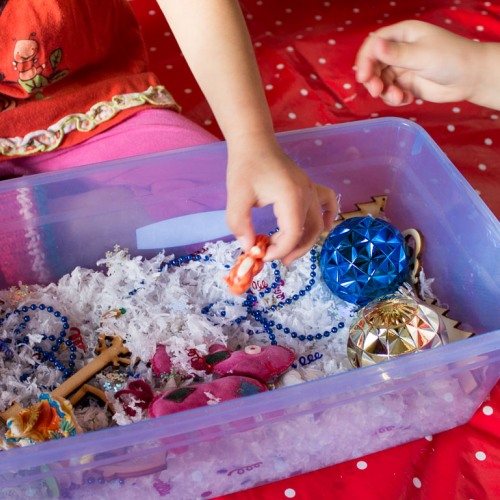
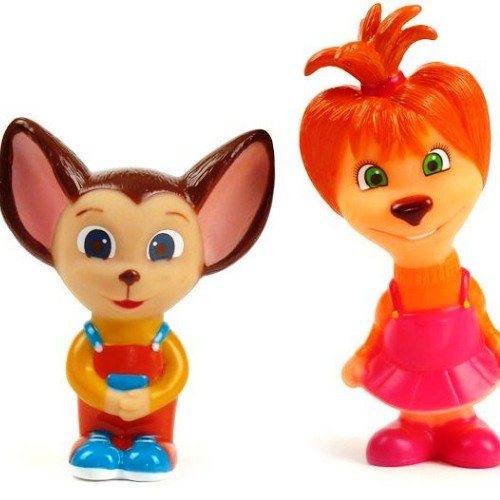
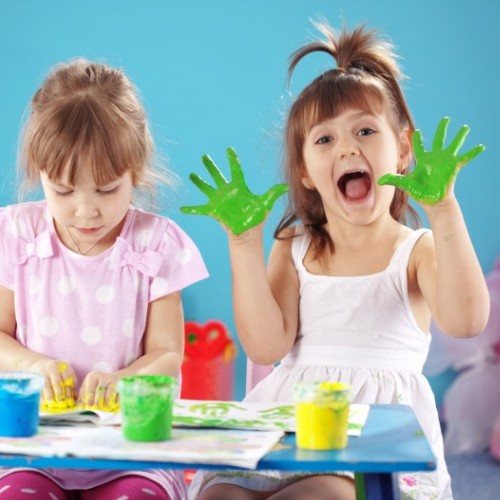
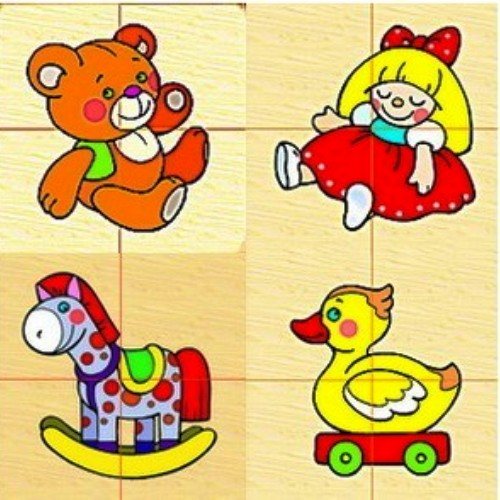
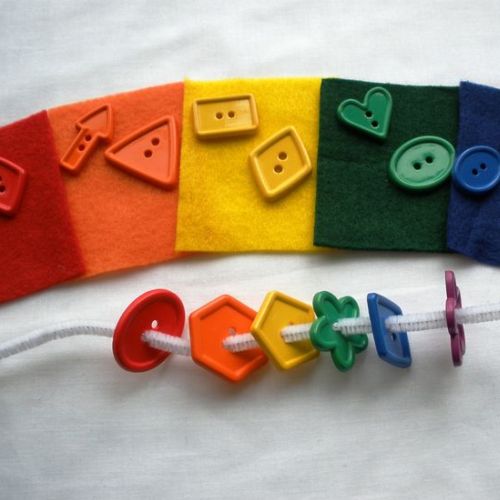
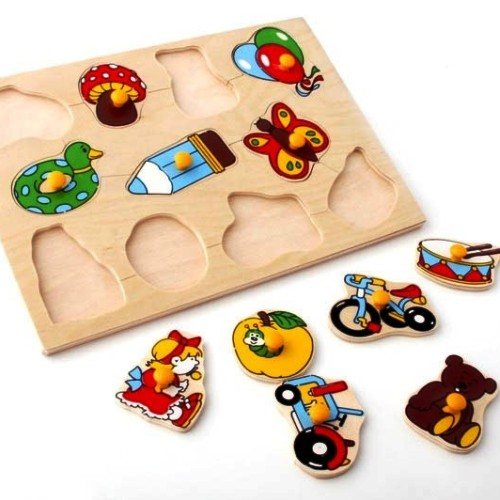
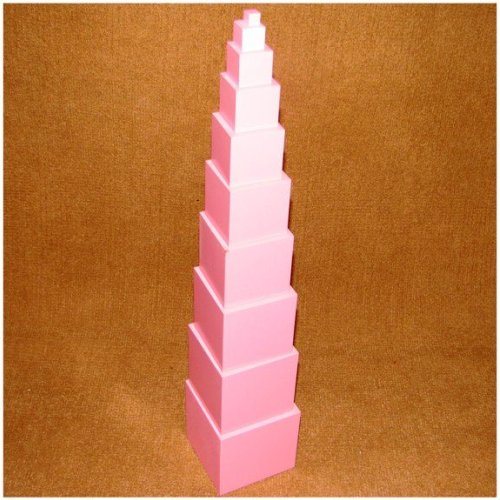
Sent for sorting
Games focused on the sorting principle are aimed at developing visual skills and help train other organs. As a game activity you can offer:
- Sorting items from 2 to 5 years old. It can be both in shape and color. The lesson develops attentiveness and logic. For the activity you need to take several sets of objects according to size, shape and color. Playing with buttons has a good effect on development. You need to take a large number of buttons, in which there will be five or six identical ones. Mix all the buttons in a bowl, then show your child which type to choose.
- An excellent activity for sensory development is wooden cubes of various sizes. You can buy cubes that are inserted into each other, like a nesting doll.
- A pyramid would be a good activity for children aged two years and older. It can be of any type, but the principle is the same. Such a toy should have one rod and a set of elements. The child's task is to find identical shapes, for example, circles.
- You can choose simple puzzles as a sorting game. In the Montessori method, wooden ones with beautiful pictures are selected. For children under four years old, you should choose puzzles in which each element has a handle to make it easy to hold. It is recommended to avoid cardboard frames.
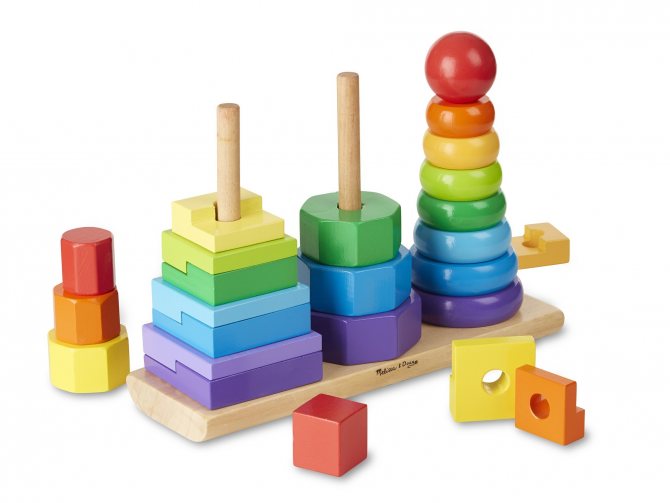
Pyramid game
Principles of communication with children from 1 to 3 in accordance with the Montessori method
Despite the fact that many children do not master speech even by the end of this period, full communication with their parents is simply necessary for them. How can you make sure that communication is complete and works for the benefit of the child?
- Not having had time to master human speech, young children are extremely sensitive to all non-verbal methods of communication: facial expressions, movements, pitch of voice, the nature of the actions of adults, and so on. Show your love to your baby more often: hug him and take him in your arms, play, smile and make funny faces. At the same time, try to reduce interactions with your child when you are angry, as impatient movements and an irritated face will only frighten him.
- A child is a full-fledged person who is worthy of respect from the very beginning. It is this attitude that should be read in all actions directed towards the child.
- Children from 0 to 3 years old do not yet have sufficient voluntary attention, so all communication according to the Montessori method begins with establishing contact with the child: sit down, look into the eyes, start speaking slowly, kindly, but clearly conveying the essence of your message,
- Teaching communication culture begins with parental example: parents should regularly use “thank you,” “please,” “may I?” and other polite words and actions from the first year of a child’s life,
- Do not lisp or distort the sound of words - it is important for the child to hear the parents’ literate speech. You can express your emotions through facial expressions, gestures and actions,
- Try to consciously communicate with your child, without using the usual, but very harmful methods of praising and punishing children: “what an obedient girl!”, “I’ll give you to the policeman if you behave badly!”, “Such a big boy, but you whine like a girl.” , “Leave me alone, don’t you see that the adults are talking?”
- Respect the child’s personal space, his right to both communicate and not want to communicate: do not allow relatives to force the child, kiss him and insist on communication. Minimize any actions against the will of the child, and if you still have to do something like this, warn him (for example, before going to the doctor) or explain your actions after (for example, if the child almost ran out into the road).
What can you talk about with a child under three years old?
It happens that parents of 1-3 year old children are confused when Montessori teachers ask them the question: “How often do you talk to your child?” Indeed, what can you talk about with a creature who cannot yet fully carry on a conversation?
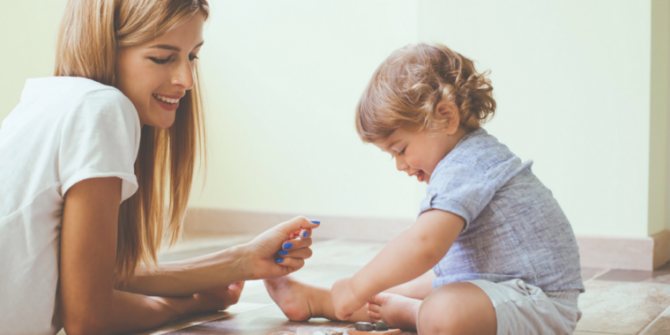
Here are just a few ideas that can be used from the moment your baby is born:
- Ask your child questions about what is happening around him: “Do you hear? A dog is barking outside the window. Woof-woof barks. The dog barks loudly. Do you hear the dog? By the age of two or three, you can add more complex questions: “what is that outside the window?”, “How is the dog barking?”, “What is that in your hands?”, “What are you doing?” and so on, focus on the child’s individual pace of development,
- Show and describe a variety of objects: “Look, what a flower! This is a tulip. It has a long stem and red petals. Beautiful flower. Red. Do you see? Do you like it? What does it smell like?
- Talk about past and upcoming events: “Now we are going to visit grandma. What is our grandmother's name? Where does she live? What are we going to do at grandma's? Let's drink tea. What did we do last time?”
- Follow the variety of vocabulary and topics, don’t be afraid of difficult words: pronounce street names and people’s names, talk about animals, plants and world artistic culture. Remember, a child under 3 years old learns through his own experiences, and interesting conversations with parents are also part of this experience.
Games based on the Montessori method for sensory development
Sensory activities are very exciting for the kids. One of these games is a bag, in which they must identify the object by touch. This causes great delight in the kids as soon as they guess.
For Montessori games, DIY materials may include making sound cylinders. They are made from any containers or boxes that can be filled with cereals, pebbles, and coins. Such items develop hearing acuity in children.
Note! Finger painting is considered one of the most exciting activities. During its implementation, the baby can develop fine motor skills, imagination and curiosity.
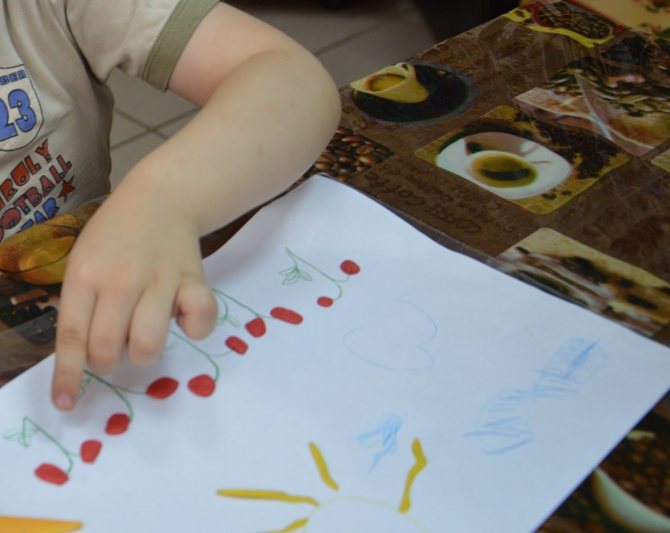
Fun drawing
conclusions
The development of a child begins with the development of his senses. In the 21st century, this is not just the opinion of teachers, but a scientifically proven fact. At an early age, it is very important for a child to learn as much as possible about the world around him using all his senses, which is why no computer can replace a child’s real experience of being in a different environment (forest, park, store, kitchen, etc.). Try to introduce your baby to a variety of objects, and think about how to organize a sensory development area for him, if the ideas of Maria Montessori are close to you.
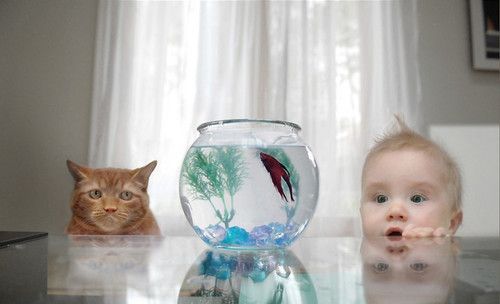
The main directions of child development in the Montessori system
Montessori games are aimed at the widespread use of all components of children's life.
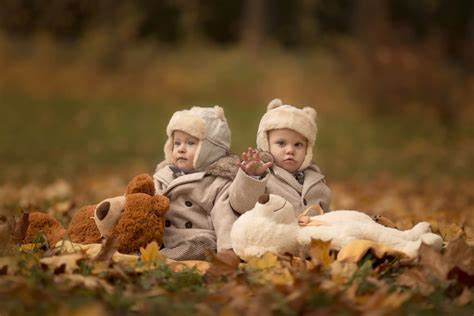
The most important of them:
- Practice. Knowledge, experience, skills and abilities are acquired only through persistent practical training.
- Sensory perception. The world around us is known through the senses. They need to be developed.
- Mental exercises. Mathematics is the fundamental basis for all other sciences.
- Communication, language, verbal contacts. Socialization begins with them.
- Space. Children's abilities should “work” towards acquiring future professions.
Note. The last point of the program includes classes in applied sciences such as physics, chemistry, and biology. Games are also widely used to develop skills in drawing, music and languages. Parents can make their own manuals.
Games based on the Maria Montessori method - exercises with liquids
Do-it-yourself Montessori classes are very easy to organize. In childhood, babies love to play with water. Activities related to liquids will arouse true interest. For example, you can suggest pouring water from one vessel to another; they should differ in shape. It is important not to spill anything during the game.
Note! A simple everyday activity can easily be turned into a game. You can invite your child to pour the juice into a glass themselves. This exercise will teach him independence and accuracy. If he accidentally spills juice, you need to tell him how to clean up after himself.
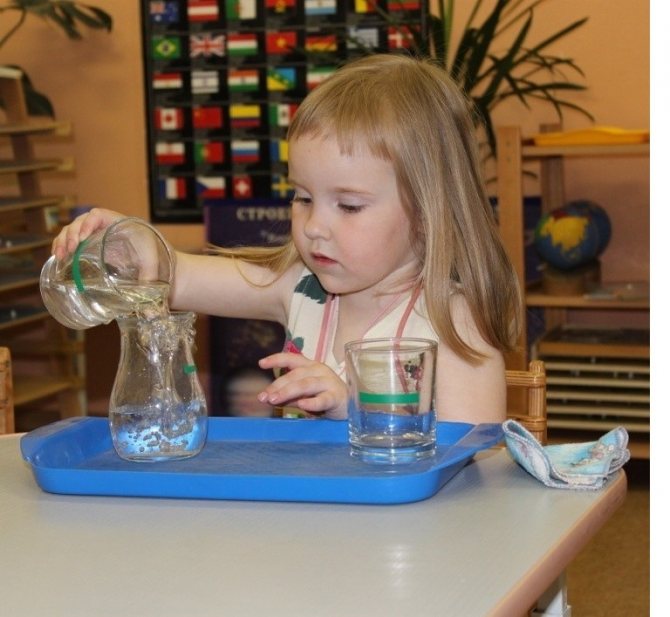
Exercises with liquid
Pros and cons of the technique
When considering the Montessori method, there are several main disadvantages that critics mention:
- After learning under this system, it may be difficult for a child to fit into the school community and follow the rules. This is due to the fact that the Montessori method implies free movement around the classroom and independent choice of activities.
- Groups of different ages. According to educators who criticize Montessori theory, elders will always dominate and suppress younger ones who interfere with them.
- Refusal of fairy tales and poems. Maria Montessori considered fairy tales useless, since they only teach to escape from reality into fantasy.
- Distraction from social reality. Kindergarten students learn to do what they want and some of them rarely work in a team. Moreover, the methodology involves the use of too many objects that create an artificial environment, which is why adaptation problems may arise when studying in primary school.
Note! But the advantages can overshadow the disadvantages of the system. The main advantage is that the child gets used to learning independently and constantly strives for development. In this case, the child is not criticized, and punishments are completely excluded. The Montessori method teaches order and respect for others from early childhood.
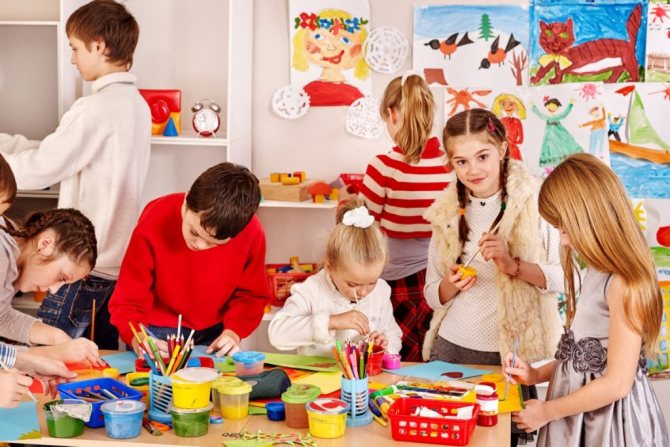
Lesson in a Montessori classroom
Another advantage of the system is that students begin to write and read earlier. At the same time, teachers apply an individual approach to each child, taking into account his abilities and needs.
Interesting! To work with this system, a teacher can take a short training course.
Another advantage is the formation of groups not by age, but by interests. This increases interest in the learning process itself. The technique also implies the development of independence and the ability to make decisions. Despite all the pros and cons of the Montessori system, this approach encourages students to engage in self-development of their own free will, and not under compulsion.
Gzhel patterns in drawing lessons in senior groups of preschool educational institutions
Montessori games for early development: small objects
Transferring small objects (coins, beads, pebbles) from one vessel to another using tongs or a spatula is a rather difficult task for small fingers. But it develops the child’s fine motor skills well.
Dot drawing classes for preschoolers in kindergarten
Beans, buckwheat, rice and other cereals are also good for playing with small objects.
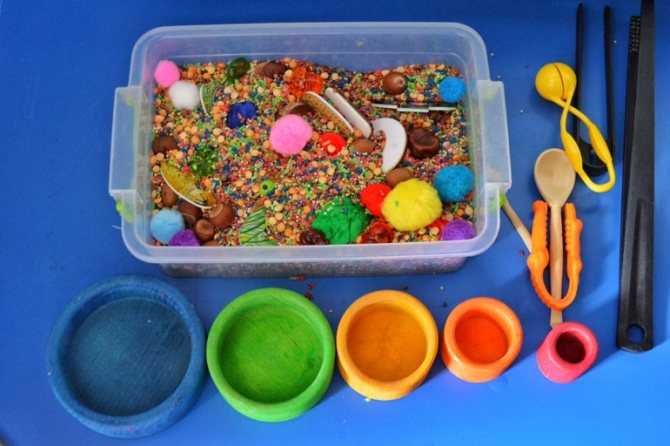
Sensory development
Matching games
Matching games are the most popular Montessori activities for ages 1 to 3. The main types are:
- Activities with colors - you can offer your child a cardboard circle with multi-colored sectors and clothespins of the same shades. The child must independently choose his own clothespin for each sector.
- The game can be combined with the help of mom. For example, invite your child to sort washed socks into pairs.
Didactic games on FEMP in the preparatory group
This group of classes develops logic and attention.
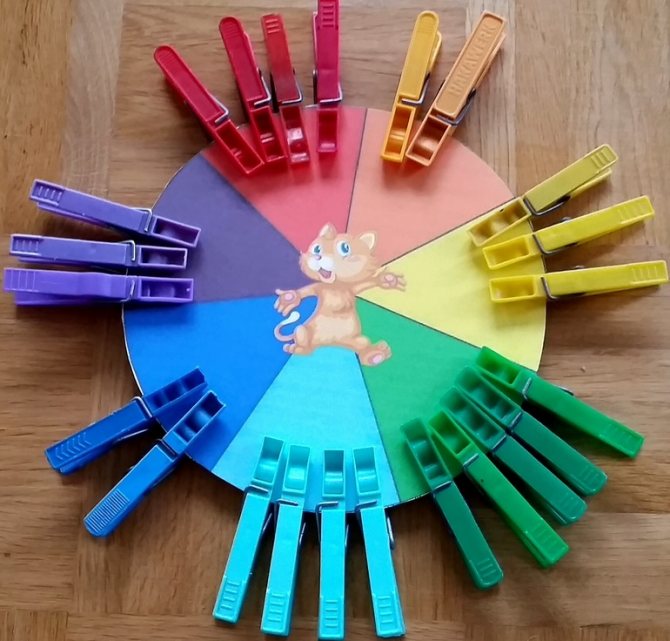
Games with colors
